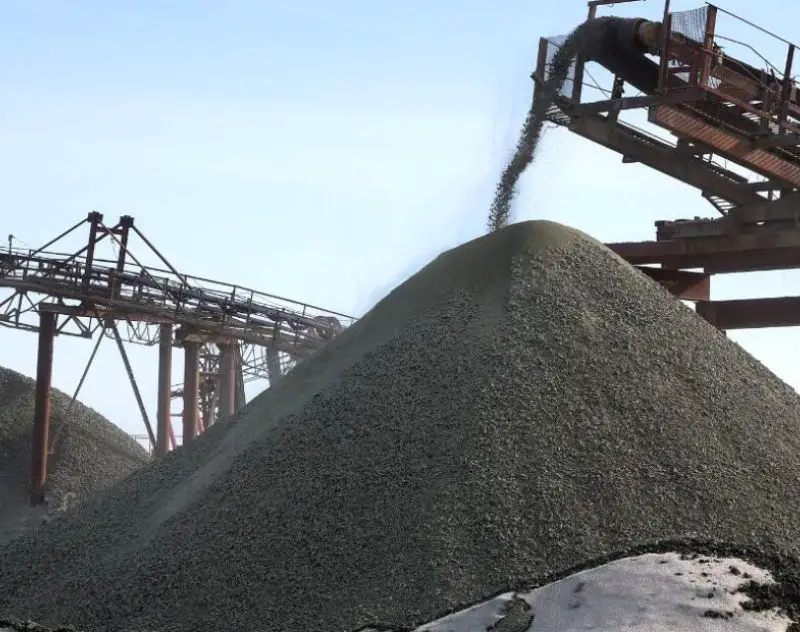Conveyor belts are an important component of conveyor systems that transport materials or items from one location to another. They are usually made of a variety of materials, such as rubber, PVC, or other synthetic fabrics. Conveyor belts can be of various types, widths, and lengths, depending on the application and material to be conveyed.
Conveyor belts are usually classified according to the following criteria:
Material type to be conveyed (e.g., bulk, unit load)
Material properties are conveyed (e.g., size, temperature, density)
Application (e.g., mining, manufacturing, food processing) (e.g., mining, manufacturing, food processing)
Conveyor belts come in a variety of styles, including:
Flat belts: The most basic type of conveyor belt, they transport materials or items along a flat, endless belt.
V-belts: These are typically used for bulk handling of loose materials and are used to transport materials at an incline. They have a V-shaped cross-section that keeps materials on the belt and prevents them from sliding off.
Timing belts: These are typically used in manufacturing and industrial applications to transmit power from one component to another. To transmit power, they have teeth on the inner surface that engage with gears or pulleys.
Roller chain belts: These are used to transport heavy items and have small rollers mounted on a chain.
Wire mesh belts: These are used in applications that require the transportation of small parts, hot parts, or heavy loads.
Plastic modular belts are made up of plastic modules that are connected to form a belt. It is suitable for high-wear applications and is easily repaired and replaced.
Conveyor belt with cleats: This type of belt has raised ridges or “cleats” on the surface that help to keep materials or items in place and prevent them from sliding or rolling off the belt.
The best conveyor belting for a particular application will be determined by the characteristics of the materials being transported as well as the operating conditions of the conveyor. Proper conveyor belt selection, maintenance, and operation within design parameters can help to ensure that a conveyor system performs optimally and minimize downtime.
This article was first published at https://topclickblogs.co.za/conveyor-belts-come-in-a-variety-of-styles/
0






